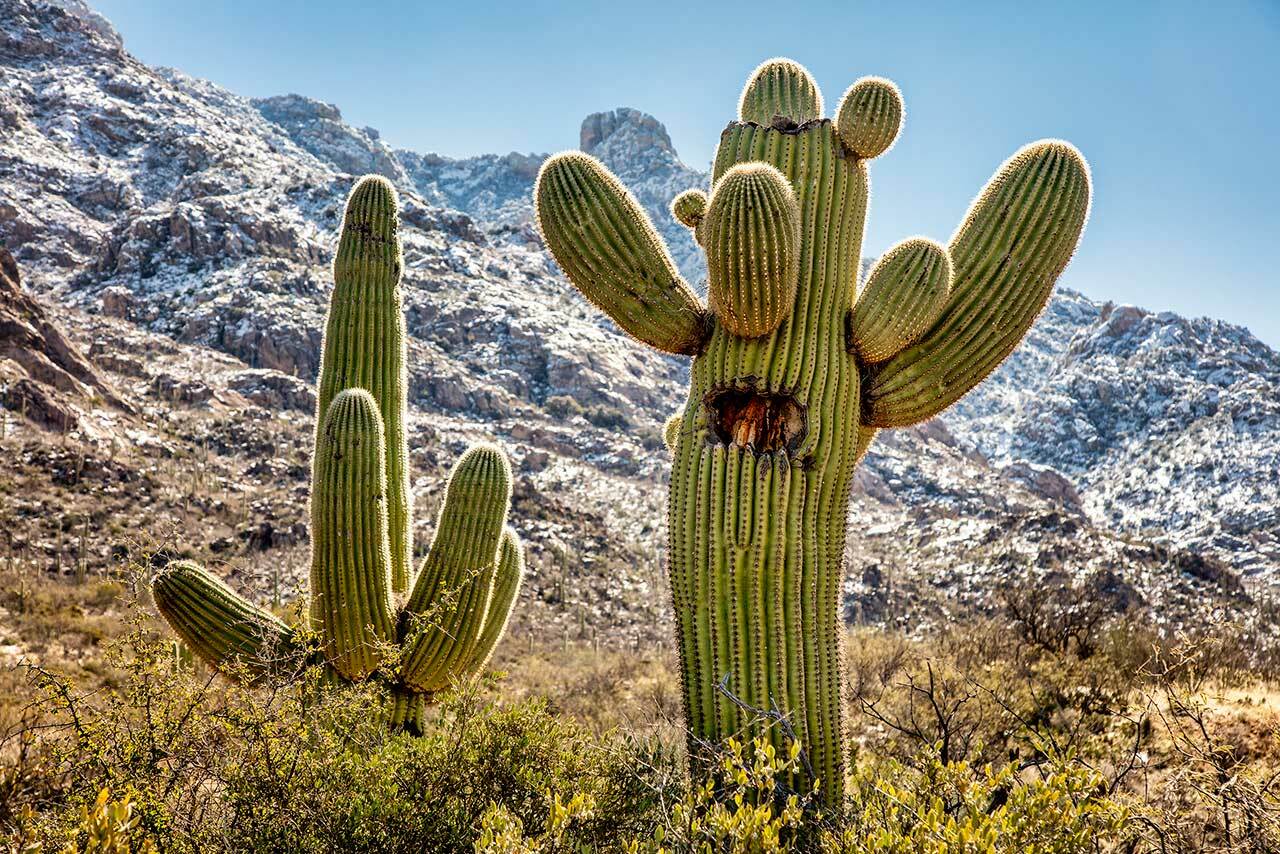When one thinks of the cactus, visions of sprawling deserts and arid landscapes may come to mind, yet these resilient plants thrive in a variety of ecosystems across the globe. Cacti are not only hardy survivors but also fascinating representatives of adaptation, flourishing in some of the earth’s most extreme environments. This article will guide you through some of the best locations where these remarkable plants grow, offering insights into their habitats and their unique allure.
The Sandy Embrace of North America
The deserts of the southwestern United States and northern Mexico stand as an iconic tableau for cacti. Here, the Sonoran and Chihuahuan Deserts showcase an impressive array of species, each sculpted by the elements over millennia. The tall and stately saguaro cactus, with its iconic arms stretching skyward, embodies resilience against the harshness of its environment. Found primarily in Arizona, the saguaro is not just a solitary giant; it forms symbiotic relationships with other desert life, providing shelter for birds and critters alike. With a canopy of prickly pads and a majestic silhouette, it serves as a reminder that beauty often arises from the most unyielding conditions.
The low-growing prickly pear, meanwhile, blankets the ground in vibrant green and yellow hues, its pads serving as culinary treasures rich in flavor and nutrition. This versatility speaks volumes about the potential of cacti to adapt both morphologically and ecologically, taking root in sandy soils where few plants dare to venture. The interplay between sunlight and shadow becomes a dance as these succulent giants stand sentinel against the windswept backdrop of the desert.
A Bid for Survival: Cacti in South America
Across the equator lies an extraordinary array of cacti thriving in the diverse landscapes of South America. The Atacama Desert, often termed the driest place on Earth, provides a stark contrast to the lush environments usually associated with plant life. Here, the Copiapoa cactus defies expectation, emerging as a resilient sentinel amidst unforgiving terrain. Each species, adapted to combat desiccation, presents a veritable treasure trove of evolutionary success stories. The vibrant yellow flowers of the Copiapoa bloom sporadically, appearing like beacons of hope in a seemingly barren land, making their fleeting beauty all the more poignant.
Meanwhile, the high-altitude landscapes of the Andes mountains host unique cacti, such as the striking Echinopsis uywuensis. These remarkable species have adopted adaptations not just for aridity but for altitude, showcasing water conservation tactics that are intricate and fascinating. The high deserts and plateaus become a riveting stage, where cacti demonstrate tenacity against both cold temperatures and intense sunlight, representing nature’s unwavering resolve.
The Tropical Allure of Mesoamerica
Beyond arid climates, the lush landscapes of Mesoamerica reveal an entirely different story of cacti growth. Here, the boundaries blur between traditional concepts of desert flora and biodiversity. The region’s Coahuila Desert and surrounding areas exhibit a rich tapestry of species, reflecting a complexity shaped by varied microclimates and altitudes. The diverse habitats range from low plains to mountainous terrains dotted with vibrant flora, showcasing the adaptability of cacti in non-arid ecosystems.
In this lushness, one can find the Schinopsis and the notable Ferocactus species, which not only thrive but also add an exotic flair to their surroundings. Their colorful blooms attract pollinators, thereby imbibing a sense of life in what might seem like an inhospitable environment. The contrast of these varied hues against the deep greens and browns of their surroundings makes for a breathtaking visual experience. The essence of survival proves captivating, illustrating that cacti can flourish amid competition and diversity.
Explorations Beyond the Tropics
The journey does not conclude in the Americas; African landscapes reveal cacti that assert their unique identities. The African Euphorbia species, often mistaken for true cacti, display similar adaptations yet diverge significantly in structure and life strategies. Their sprawling forms and rich textures become allegories of both survival and solidarity, crafting a narrative steeped in resilience against environmental challenges and competition for resources.
Additionally, Australia brings a distinct character to the cacti family with its unique species. Here, the Australian cactus species—many grown as ornamental plants—exhibit a resilient charm, adapting to the native ecosystems while being cherished for their aesthetic value. As they adorn gardens and landscapes, the camaraderie between humans and these botanical wonders comes into focus, underscoring the irrepressible spirit of cacti.
In Conclusion: A Tapestry of Tenacity
Ultimately, the journey into the world of cacti takes us through a myriad of landscapes, climates, and stories. From the sun-drenched deserts of North America to the rugged terrains of the Andes and the vibrant ecosystems of Mesoamerica, each location contributes to the incredible narrative of survival and adaptation that defines these remarkable plants. Cacti not only reflect the beauty of nature but also serve as enduring symbols of resilience and the delicate balance of life amidst adversity.
As humanity seeks to understand its connection to nature, the various habitats of cacti compel us to appreciate the intricate relationships that bind ecosystems together. Cacti stand tall not merely as plants; they are portraits of endurance, thriving against all odds, and a testament to the artistry that nature unveils through arduous circumstances.





Leave a Comment